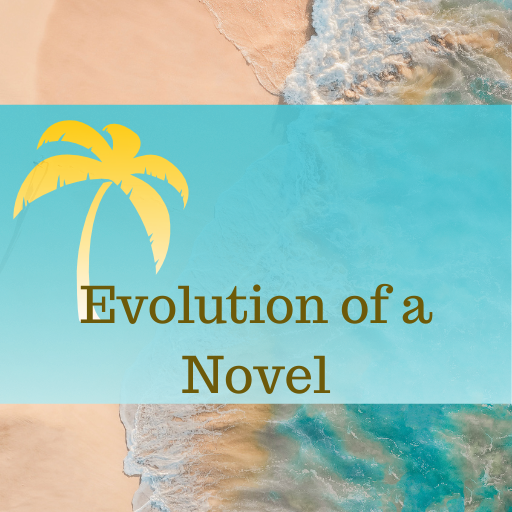How to create a more vivid setting
Plot, character, and setting are the trifecta of novel writing. They all have to work together or the story doesn’t work at all. You know the old freelancer saying, “You can have it fast, cheap, or good, pick two?”
Same with plot, characterization, and setting. Authors who are terrific with plot and setting usually suck at characters. Writers who are good with character and setting suck at plot.
Personally, I belong to the group that sucks at setting. I mean, “This all happened someplace, use your imagination” is exactly the type of disclaimer I’d like to be able to use at the start of each novel.
When I’m writing contemporary stories (Lessons in Magic and A Certain Kind of Magic), I don’t worry too much. I mean, it takes place in the current time period, on earth, what more does a reader need?
A little cheat I use is to force myself to describe a few sentences of setting at the open of the novel and then leave it to the reader to carry on. (“It was a small town that grew out of the Kansas prairie like a pimple bursting out of the cornfields.”)
Also, I do the five senses thing at the open of occasional scenes: “She smelled SOMETHING, heard SOMETHING, tasted SOMETHING, and touched SOMETHING while looking at SOMETHING.” Then I figure the reader is immersed enough.
When I was writing The Wanderer, though, these cheap tricks didn’t suffice. It’s a fantasy set in a medieval world that is different from medieval Europe, so I couldn’t just rely on describing Ye Olde Shoppe to stand for all of the rude architecture of the period.
Because of the nature of the plot, seasonality plays an important role, and I had to figure out how to make it feel like a cold spring without repeating a hundred times, “The morning was cold. The trees were still bare.”
This problem nearly caused me to despair. Finally I figured out that I needed to have the characters react to the cold rather than describing the cold. Show the setting, don’t tell it. So, I had them pull their cloaks tighter and build fires and huddle together for warmth.
When there was any hint of spring I focused on that so that by the power of contrast, the lateness of the seasonal change would be conveyed without my having to say the trees were still bare.
In a similar vein, Lucinda (the main character) has a kind of magic called stone-craft, and I had to think of how to describe how this interacted with the setting without using a million “the stone was hard beneath her hand” references.
In this case, I ended up focusing more on how the magic worked than on what the stone looked and felt like. I was pretty sure the readers would prefer this to further descriptions of the hard stone.
When I started working on The Mage of Motor Avenue (forthcoming), I was very relieved to be back in the contemporary world. I set Mage in the neighborhood in Los Angeles where I live.
As I was working on the novel I spent a weekend walking around LA, looking at things, listening to things and (occasionally to my distress) touching, smelling, and tasting things. I ended up with a checklist of details to include in the novel so that readers could experience my part of the world a little more vividly than I would otherwise have done.
Setting may never be the thing readers remark on when they read my work but I’m having fun working out ways to make sure it exists.
Join the Club!
New to story editing? Begin at the beginning.







